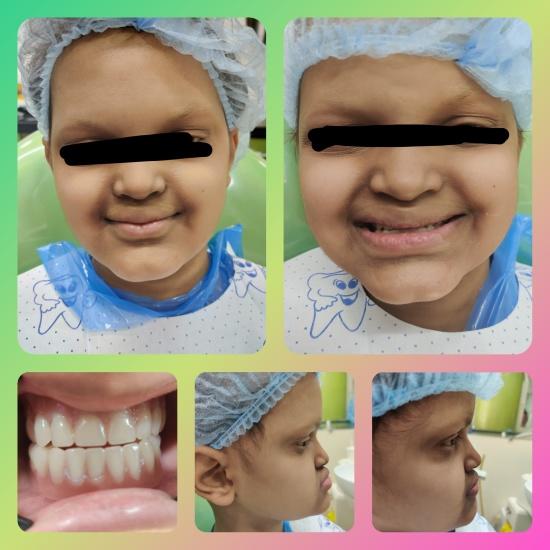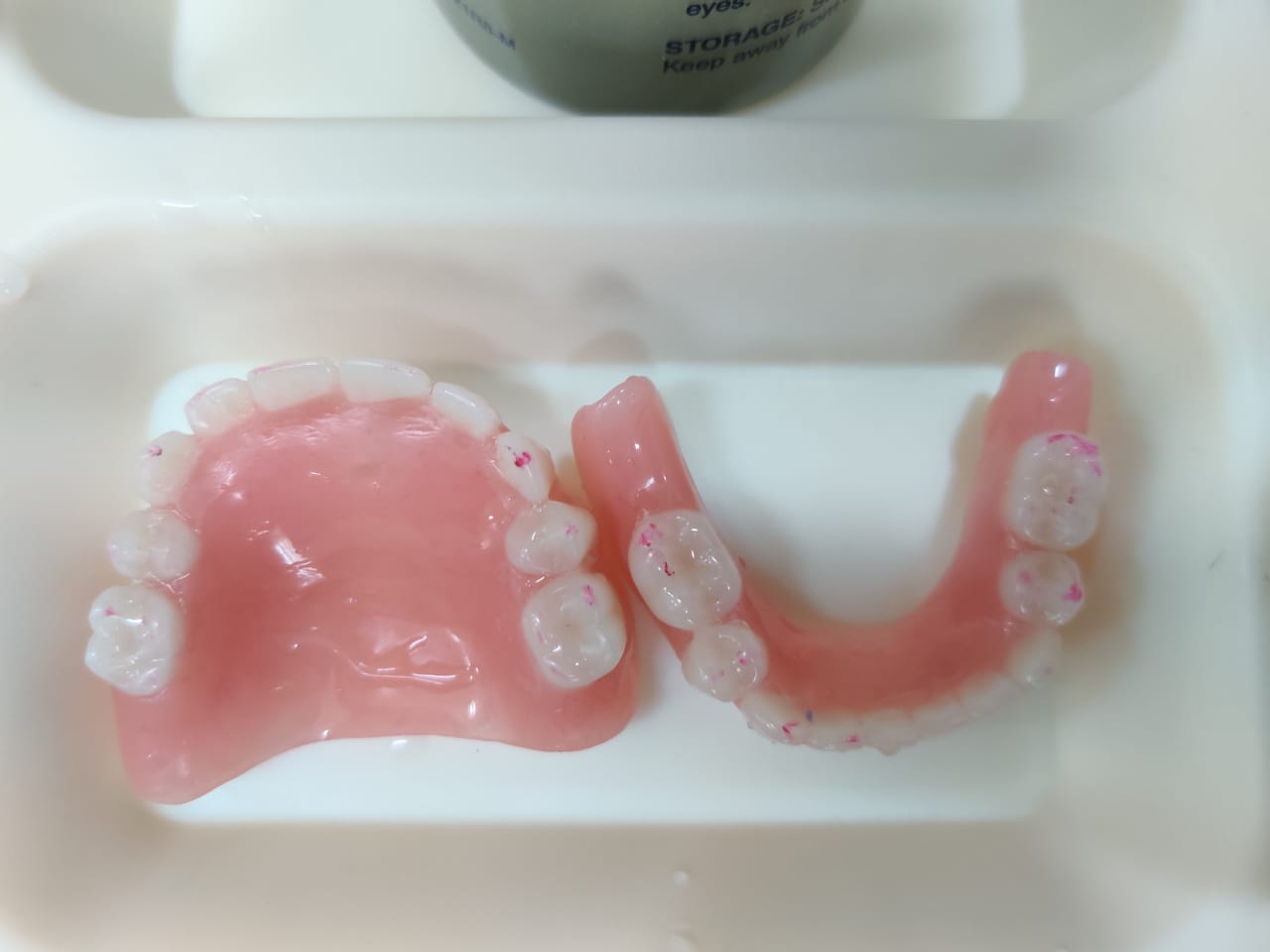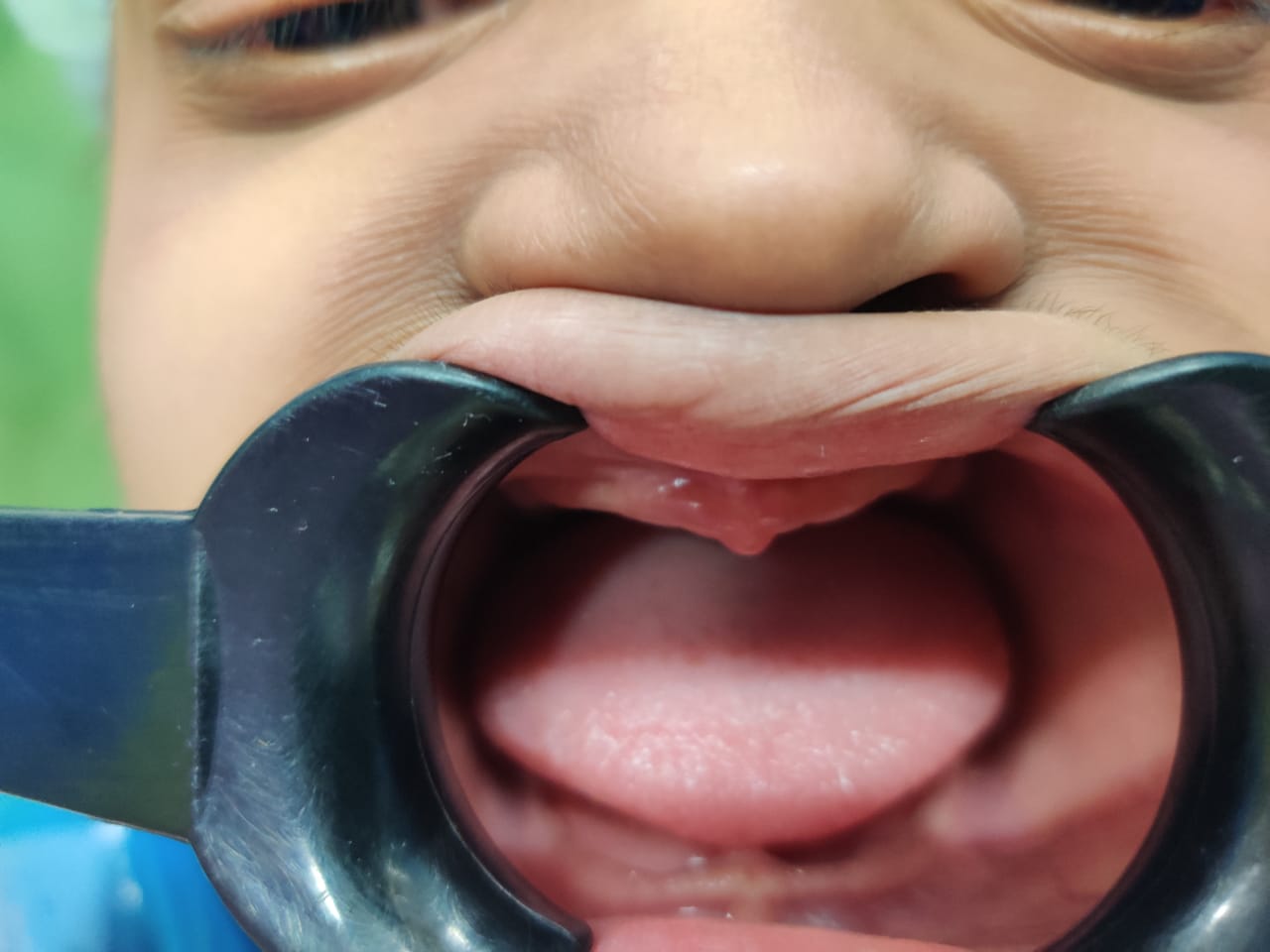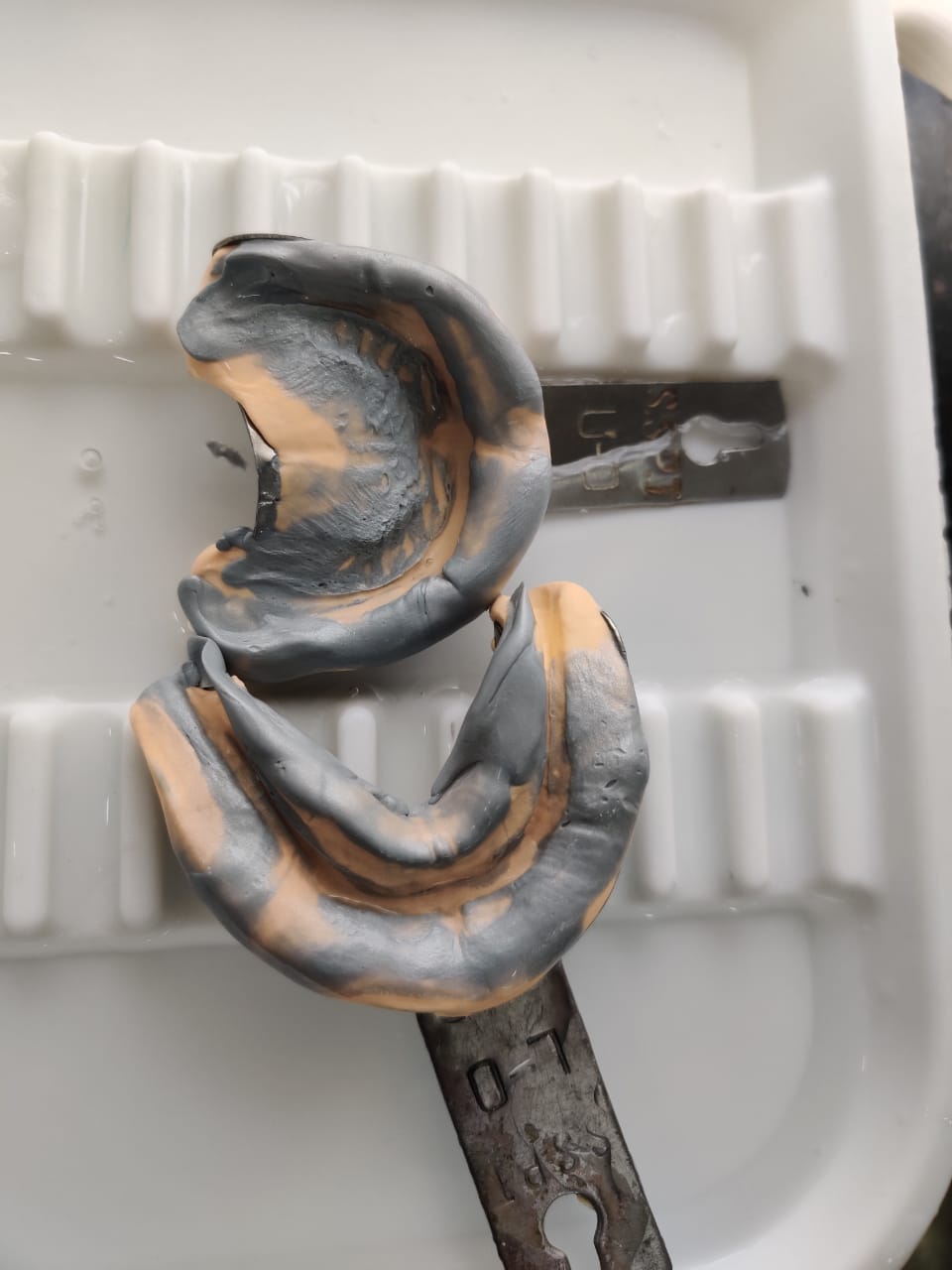Depending on which genes are affected, other symptoms may include:
Abnormal nails.
Abnormal or missing teeth, or fewer than normal number of teeth.
Cleft lip.
Decreased skin color (pigment)
Large forehead.
Low nasal bridge.
Thin, sparse hair.
Learning disabilities.
What is ectodermal dysplasia caused by?
Ectodermal dysplasias are genetic disorders, which means that they can be passed on from affected people to their children. They are caused by mutations in various genes ; the mutations may be inherited from a parent, or normal genes may become mutated at the time of egg or sperm formation, or after fertilization.
Can ectodermal dysplasia be cured?
Unfortunately, there is no cure for ectodermal dysplasia. Instead, the goal is to successfully manage the symptoms so that the individual can lead a healthy life and have a good quality of life. Because the symptoms vary depending on the type of ectodermal dysplasia, the treatment plan will vary with each person too
How common is ectodermal dysplasia?
Frequency. Hypohidrotic ectodermal dysplasia is the most common form of ectodermal dysplasia. It is estimated to occur in 1 in 20,000 newborns worldwide.
How is ectodermal dysplasia diagnosed?
Once a doctor suspects a certain type of ectodermal dysplasia, he or she may request a genetic test to confirm the diagnosis. The request is specific, asking the appropriate laboratory to test for a specific gene. If the changed form of the gene is present, the suspicion is confirmed, and diagnosis is certain.
Now, Lets talk about our little patient.
This child, Amit (name changed due to privacy) is approximately 9 years old. He is completely edentulous.
He has been a denture wearer since he was 4years. Every few years the dentures need to be replaced as patient overgrows them and to also allow jaw growth. He requires dentures as he goes to a regular school and is socially active. It increases his self esteem and emotional well being.
So the various steps for complete denture were carried out starting from impressions, jaw relation, teeth setting trial and finally denture delivery. Edge to edge teeth setting was done as child has a tendancy for forward positioning of the mandible (Class III).
Patient has been advised to change the dentures every 2 years to allow proper growth and development of his jaw bones. As of now he has very poorly developed ridges. We will be planning his full mouth implant surgery once he is above 18 years.
Amit was happy with his new set of dentures and smiles from ear to ear. We, at Crown Corner, are honoured to have the opportunity to serve him!
(Attached are his pictures pre and post dentures)



